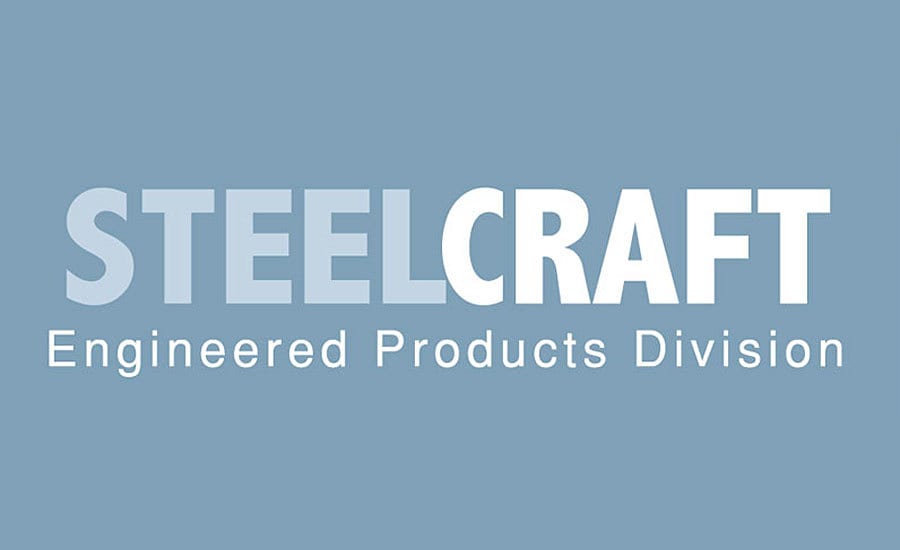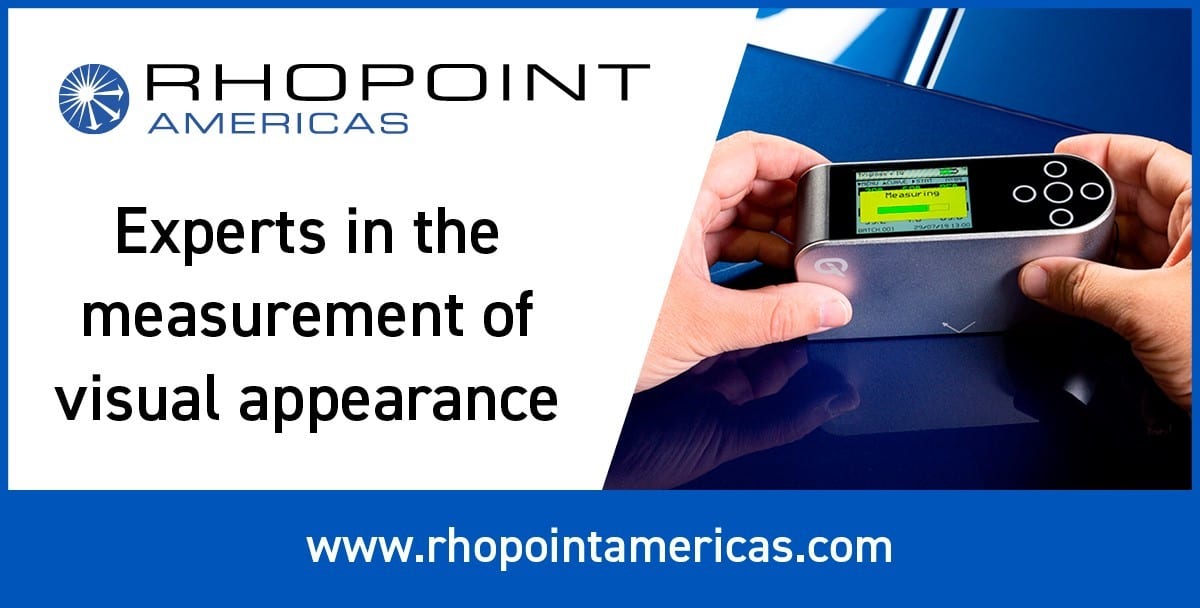Machinery and Equipment Used in the Coatings Industry
PCI’s online Equipment Directory has just launched. The Directory features suppliers of the variety of machinery and equipment used to formulate, manufacture, cure, test, and transport coatings. Below is a selection of some of the equipment featured in our Directory, along with a few of the suppliers of these products.
Click on the equipment type to link to that section in our Directory. And click on the company inch ads* to view those specific listings.
Credit: U.Ozel.Images, iStock / Getty Images Plus, via Getty Images
Blenders
An industrial blender is a machine for large-scale production that consists of a large tank capable of mixing and blending batches of manufacturing materials to create a reaction between the materials. There are a variety of blender types. Here are a few of them:
- Agitator industrial blenders provide constant churning for liquids. The agitation process is based on the concept of non-specific movement, which mixes materials with turning paddles. It is designed for low-viscosity materials but can be adjusted with thicker paddles for high-viscosity substances.
- Ribbon blenders have sharp blades for blending solid materials. The name of a ribbon blender comes from the shape of their blades, which is like a ribbon. The blades rotate around a central axis. Ribbon blenders are ideal for removing lumps from liquids that have been left sitting.
- Rotary blenders, or rotary drum blenders, do not include blades or paddles. They have blades that are welded to the interior of the rotating drum, which means that there are no moving parts inside the mixer. The process of a rotary blender provides a gentle mixing process that does not shear or damage the contents.
- A double cone blender is a tumble blender that rotates to blend the materials. They have a small footprint and require less room. During the rotation of the cones, the contents slide to the bottom of the vessel. Double cone blenders have an access cover for cleaning and inspection. They operate on the free flow method for gentle blending of granules and powders and can mix up to five ingredients at once.
- The V-shaped blender, or twin shell blender, is a rotational blender that tumbles the materials. As the metal V rotates, the materials separate into the two wings of the blender and then recombine. The wings of the blender are welded at 75° or 90° angles. The interior of a V-shaped blender does not have any moving parts. The blending process of a V-shaped blender requires very few rotations and takes less time than other types of blenders.
- A homogenizer blender operates like an emulsifier by breaking down unlike and unmixable substances. They are an excellent method for blending materials using pressure and force. The purpose of a homogenizer is to break down liquids or materials into a smooth and uniformly consistent substance.
- Vacuum blenders can be horizontal or vertical. They use a combination of heat and internal vacuum pressure to blend materials. Vacuum blenders have the additional function of performing as a dryer during the blending process. A vacuum blender has the same structure as a traditional blender with a vacuum pump attached to the airtight blending chamber. (Source: https://www.iqsdirectory.com/articles/mixer/industrial-blenders.html)
Colorant Dispensers
Paint and coatings retailers and manufacturers, as well as automotive refinishers, use colorant dispensers to measure and disperse accurate amounts of color into a paint or coating, ensuring that the final color matches the customer's request. Colorant dispensers enable users to track how much colorant is being used, which helps with managing inventories. The automated process saves time and money, and provides a quick turnaround on producing tinted products.
One of the best dispensing technologies available is based on the use of progressive cavity pumps (PCPs). PCPs are particularly accurate and reliable dispensing devices that effectively manage the typical problems of pigment pastes for paints, even under severe working conditions.
The operating principle makes it possible to simplify the dispensing circuit, reducing it to a single component that performs the dual function of a (reversible) pump and valve. (Sources: https://hero.ca/innovative-technology and https://totalfinishingsupplies.com)
Dispersers
Mixing and blending are critical processes in the manufacturing or processing of materials. Dispersers are specifically designed to disperse and break down particles, such as solids or liquids, into smaller particles and distribute them evenly throughout a liquid medium. There are several types of dispersers that are used in different applications, depending on the type of material being dispersed and the desired dispersion quality. The most common types of dispersers include:
· High-Speed Dispersers: These are the most commonly used dispersers and are designed to handle a wide range of viscosities and particle sizes. They typically have a vertical shaft and a single impeller that creates a strong vortex and high-shear forces.
· Multi-Shaft Dispersers: These are similar to high-speed dispersers, but they have multiple impellers on a single shaft or multiple shafts. They are used for more complex or viscous formulations that require more intensive mixing.
· Bead Mills: These dispersers use small glass or ceramic beads instead of blades to create high-shear forces and break apart particles. They are often used for fine particle size reduction and high-quality dispersion of pigments or other materials.
· Ultrasonic Dispersers: These use high-frequency sound waves to create cavitation bubbles that break apart particles. They are used for delicate or heat-sensitive materials that may be damaged by traditional dispersing methods. (Source: https://www.industrialmixers.com/dispersers)
Double Planetary Mixers
Double planetary mixers are ideal for low-shear processing of viscous materials. These mixers are robust machines capable of handling materials as high as 8 million cP*. The gentle and thorough folding action imparted by the orbiting blades carefully mixes minor or trace ingredients into a viscous batch that would otherwise break apart from excessive shear. Double planetary mixers are also widely used in applications where the solids being dispersed are sensitive to shear, as in the case of high-viscosity composites filled with hollow microspheres, which require gentle and thorough mixing to reduce fractures. The relatively short cycle times achieved in double planetary mixers also help minimize wear on product-contact surfaces when processing abrasive materials. (Source: https://www.mixers.com/products/planetary-mixers/double-planetary-mixer/)
Glossmeters
A glossmeter is an instrument used to measure specular reflection gloss of a surface. Gloss is determined by projecting a beam of light at a fixed intensity and angle onto a surface and measuring the amount of reflected light at an equal but opposite angle. Many international technical standards are available that define the method of use and specifications for different types of glossmeters used on various types of materials, including paint, ceramics, paper, metals and plastics. Many industries use glossmeters in their quality control to measure the gloss of products to ensure consistency in their manufacturing processes. The automotive industry is a major user of glossmeters, with applications extending from the factory floor to the repair shop. (Source: https://en.wikipedia.org/wiki/Glossmeter)
High-Shear Batch Mixers
High-shear batch mixers are ideal for reducing the size of agglomerates and droplets in fine dispersions and emulsions to create scalable, highly repeatable products. High-shear mixers have a high-speed rotor that forces the mixture outward against a stator to generate shear. These mixers mix, rotate, and agitate the batch. In addition to combining the mixture, high-shear forces also ensure the materials are evenly distributed within the batch. In a batch high-shear mixer, the components to be mixed (whether immiscible liquids or powder in liquid) are fed from the top into a mixing tank containing the mixer on a rotating shaft at the bottom of the tank. A batch high-shear mixer can process a given volume of material approximately twice as fast as an inline rotor-stator mixer of the same power rating; such mixers continue to be used where faster processing by volume is the major requirement, and space is not limited. (Sources: https://en.wikipedia.org/wiki/High-shear_mixer and https://www.highlandequip.com/blog/factors-that-determine-high-shear-vs-low-shear-mixing)
Solvent-Recovery Equipment
A solvent-recovery system is a process system that takes effluent and extracts useful solvents and raw materials back out of the process waste stream. The recovery of solvents from effluent can be achieved with a variety of technologies. A common recovery method is solvent distillation systems, but liquid-liquid extraction, absorption systems, film evaporation, crystallization, and membrane separation can also be used, depending on the application. They can reduce the demand for purchase of new solvents and process inputs by recovering chemicals that can be re-used in production or to flush the system between runs. They can also help manufacturers meet regulatory requirements or process standards by cleaning waste streams before they are released from the plant.
Benefits to solvent recovery include:
- Reducing raw material and solvent costs by allowing manufacturers to re-use recovered chemicals and reduce transport and disposal costs of chemicals;
- Lower EPA reporting requirements and risk since less solvents and chemicals are disposed of;
- Continued manufacturing efficiency through the use of recovered chemicals, which after recovery are as usable and effective as new chemicals. (Source: https://www.epicmodularprocess.com/systems/solvent-recovery-systems/solvent-recovery-system-faq#:~:text=A%20solvent%20recovery%20system%20is,with%20a%20variety%20of%20technologies)
Test and Measurement Instrumentation – Accelerated Weathering
Accelerated weathering is the simulation of the damaging effects of long-term exposure of coatings, materials and products to outdoor conditions. There are a number of different types of outdoor conditions accelerated weathering addresses, including wind, rain, icing, sand and dust, and of course, UV exposure. (Source: National Technical Systems website, https://www.nts.com/services/testing/environmental/accelerated-weathering/)
Test and Measurement Instrumentation – General Laboratory Equipment
Among the many items that would be considered general lab equipment are pipettes, scales, centrifuges, Bunsen burners, freezers, hot plates, incubators, coolers, stirrers, water baths, and fume hoods - to name a few. (Source: Labcompare website, https://www.labcompare.com/General-Laboratory-Equipment/)
Test and Measurement Instrumentation – Misc. Testing Instruments
Equipment used to test various aspects of coatings, including flow, hardness, resistance to abrasion or scratching, bond strength, thickness, tack, etc. (Source: Equipment Handbook, Adhesives & Sealants Industry, June 2020)
*Supplier inch ads represent paid advertising. If you are an equipment supplier and would like to receive information regarding your company’s inclusion online and in future editions, contact Renee Schuett at schuettr@bnpmedia.com or (248) 786-1661.





